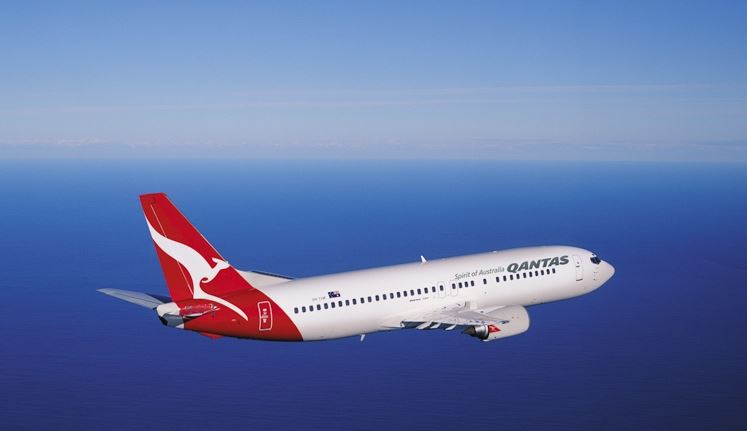Updated
Although airline incidents are rare, and flying is statistically much safer than driving, we all sometimes have concerns when we fly.

I know a few people who refuse to fly with certain airlines because of a past incident or a belief that there is a greater risk of an accident.
So lists like that of the world’s safest airlines are eagerly read.
It will comes as no surprise to Australians, or anyone who has seen the film Rain Man, that Qantas has, once again, been deemed the world’s safest commercial carrier by website airlineratings.com.
The others in the top 20, in alphabetical order, are : Air New Zealand, Alaska Airlines, All Nippon Airways, British Airways, Cathay Pacific Airways, Delta Air Lines, Etihad Airways, EVA Air, Finnair, Hawaiian Airlines, Japan Airlines, KLM, Lufthansa, Scandinavian Airline System, Singapore Airlines, Swiss, United Airlines, Virgin Atlantic and Virgin Australia.
The top 10 safest low-cost airlines are, also in alphabetical order: Aer Lingus, Flybe, HK Express, Jetblue, Jetstar Australia, Jetstar Asia, Thomas Cook, Virgin America, Vueling and Westjet.
The website basis its listings on factors including audits from governing bodies, government audits, airlines’ crash and serious incident records, profitability and fleet age.
So which airlines are the least safe? There’s no equivalent list, but The Telegraph (here) points to the fact that airlines from the following countries are banned from the European Union: Afghanistan, Angola (with the exception of TAAG Angola, which operates under restrictions and conditions), Benin, Republic of the Congo, Democratic Republic of the Congo, Djibouti. Equatorial Guinea, Eritrea, Gabon (with the exception of Afrijet and SN2AG, which operate under restrictions and conditions), Indonesia (with the exception of Garuda Indonesia, Ekspres Transportasi Antarbenua and Indonesia Air Asia), Kazakhstan (with the exception of Air Astana), the Kyrgyz Republic, Liberia, Libya, Mozambique, Nepal, São Tomé and Príncipe, Sierra Leone, Sudan and Zambia.
Of course, as statisticians or finance brokers will tell you, past results are not necessarily an indication of future performance. We’ve got to hope that the standards remain high where they are high, and that the others catch up soon.

Why are the airlines listed in alphabetical order rather than in rank of safety?
A good question. I guess it’s hard to separate them if they’ve had no crashes and they employ similar safety standards.